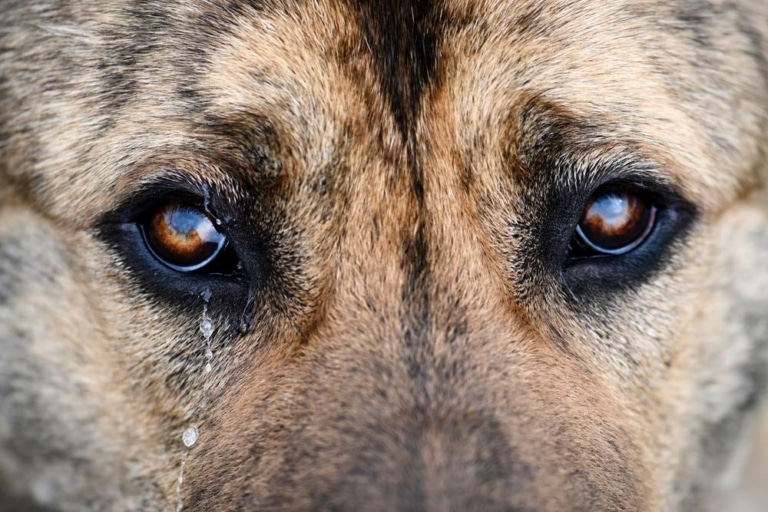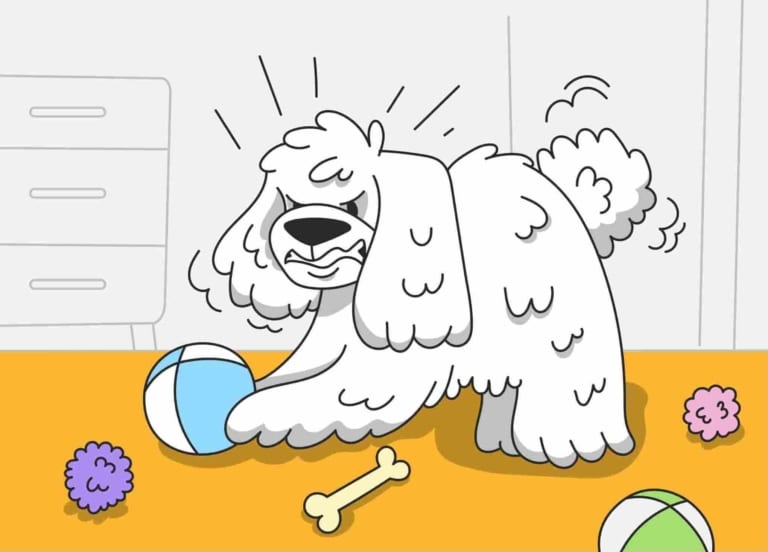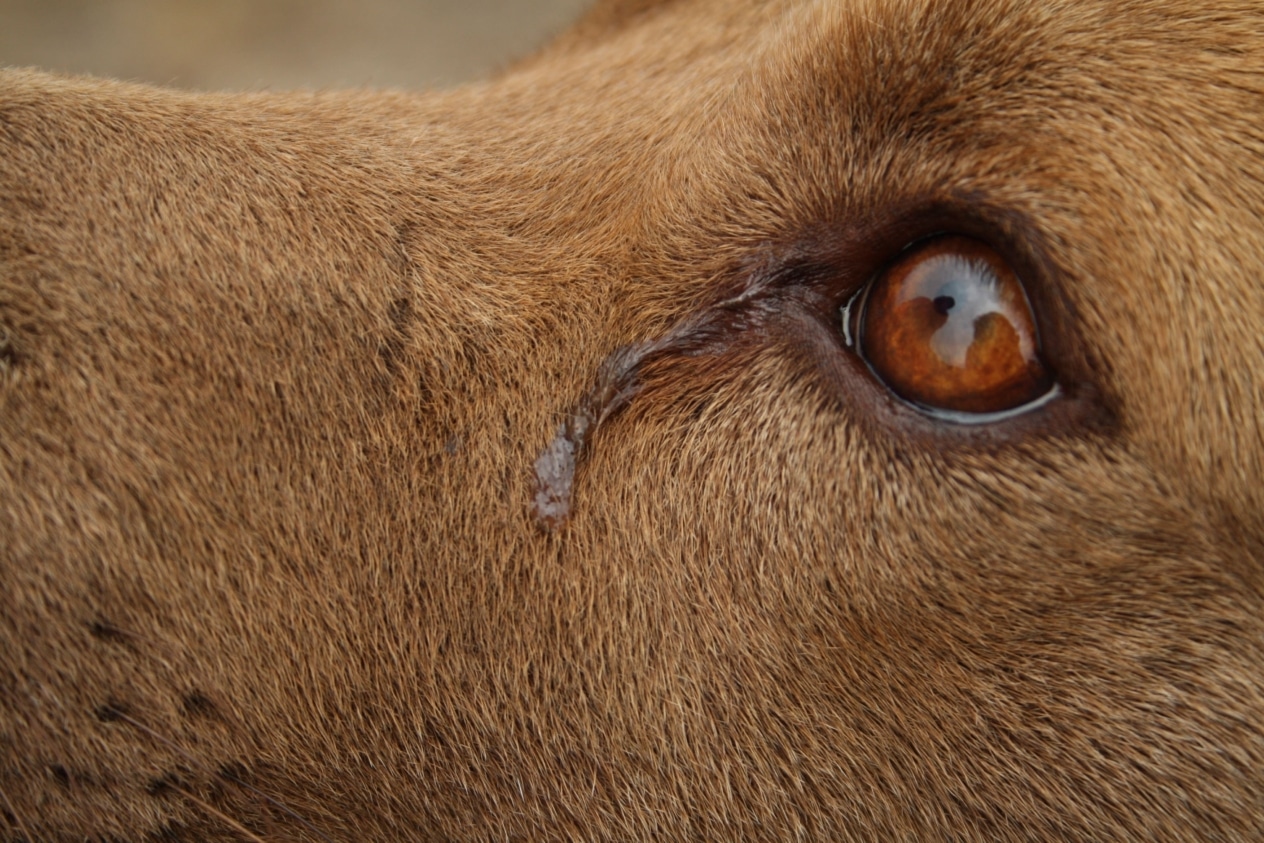
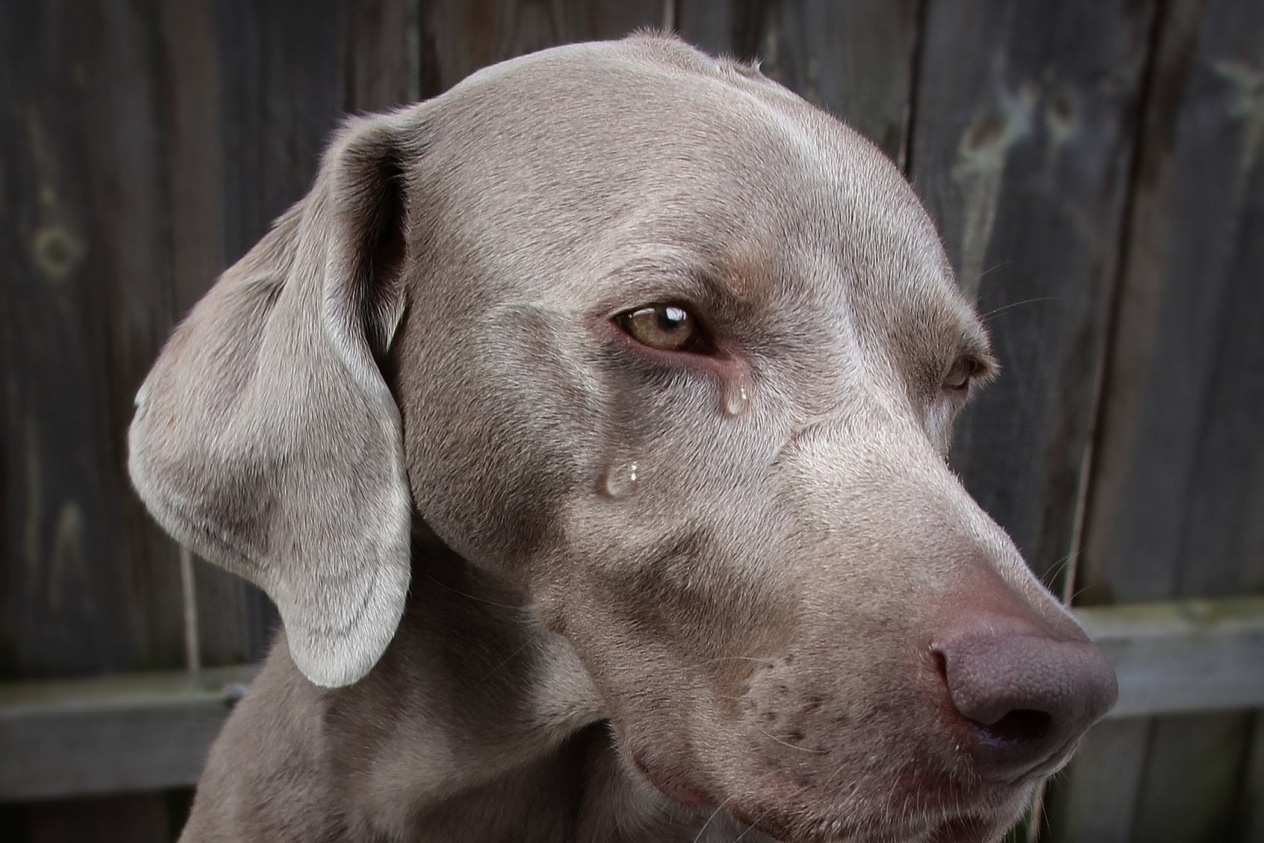
Dogs are extremely emotional creatures, and many owners have ever wondered: can they cry? What is behind the glint in their eyes or the quiet whimpering of a dog? Are they really emotional tears like humans, or are they a sign of health problems? Let’s dig deeper into what “crying” in dogs really means and when to be concerned. Do dogs know how to cry?
Anatomical features
Some breeds have an eye structure that favors excessive tear production. For example, Pekingese, French Bulldogs or Shih Tzu have short skulls and bulging eyes, which puts extra strain on the tear ducts. These breeds often have tear ducts that leave brown tracks under their eyes – this is not necessarily a problem, but requires regular maintenance. Also, some dogs may have a narrow or blocked tear duct, causing fluid to not drain properly.
Medical reasons
You shouldn’t ignore your dog’s crying – sometimes it is a signal of serious problems. Conjunctivitis, allergic reactions, foreign objects in the eye or even trauma can cause irritation and tear production. Sometimes problems arise due to eyelid drooping or improper eyelash growth, when the hairs constantly scratch the cornea. These conditions not only cause discomfort, but can also threaten the pet’s vision if not seen by a veterinarian in time.
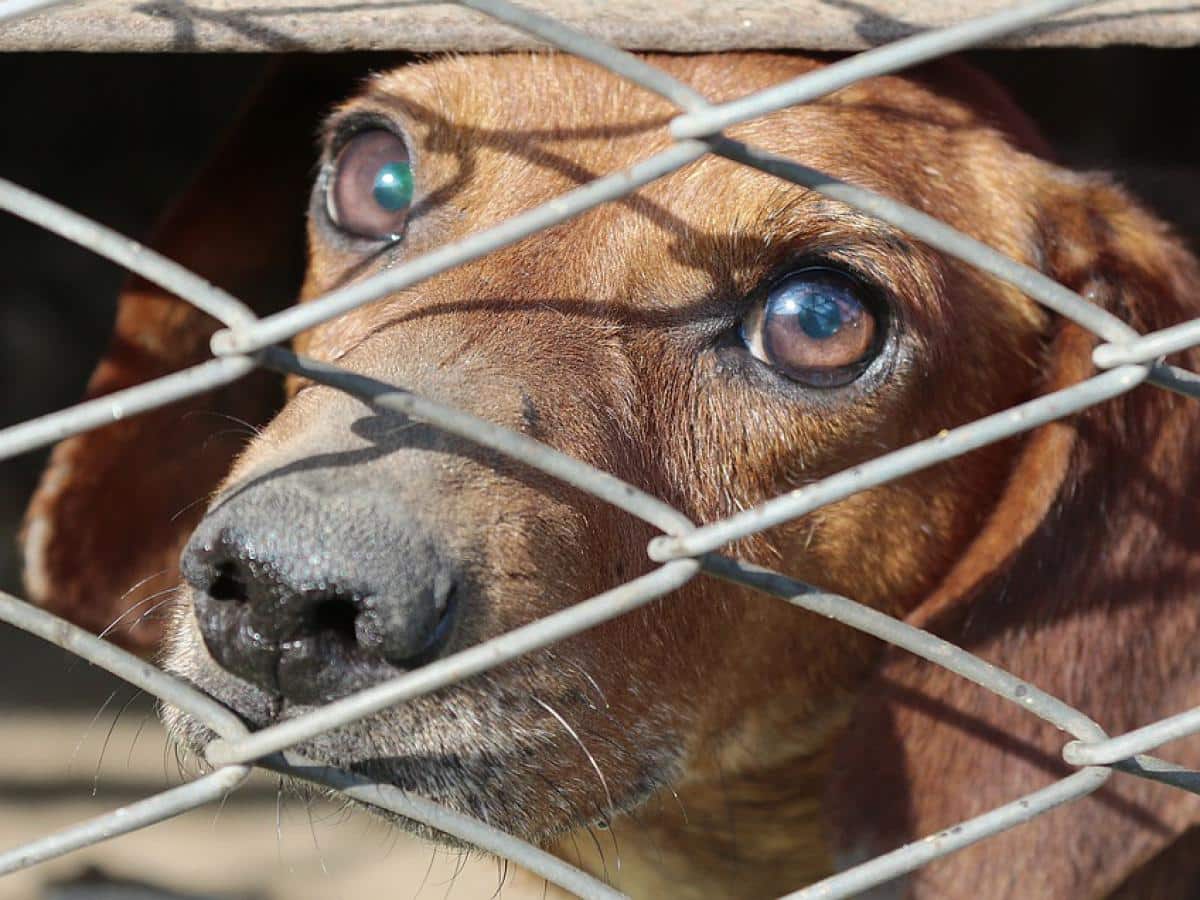
Emotional manifestations
Dogs do not cry tears over emotions the way humans do. But they do have their own way of showing their feelings. Barking, quiet howling, or even loud whining are emotional reactions to stress, loneliness, fear, or a strong desire for something. Sometimes it is a way of communicating to the owner, “pay attention to me”, “I’m worried”, “I’m scared”. These sounds may indeed seem similar to crying, but they are not physiologically related to tears.
Conclusion
If you notice that your dog has excessive tearing, red eyes, swelling, or behavioral changes, it’s a good reason to see a veterinarian. Purulent discharge, frequent rubbing of the eyes with his paws or avoidance of light should also alert you. It is not worth it to drip something into the eyes yourself or delay your visit – the eye is an extremely delicate organ, and untimely treatment can have irreversible consequences.
Often tears in dogs are a physiological or medical reaction that requires attention. It is important to understand your animal, know the characteristics of its breed and do not ignore alarming symptoms. And the emotions of quadrupeds, although not expressed by tears, can easily be read in their eyes, behavior and voice. So watch, listen and take care of your friend’s health – and he will definitely respond with love.

